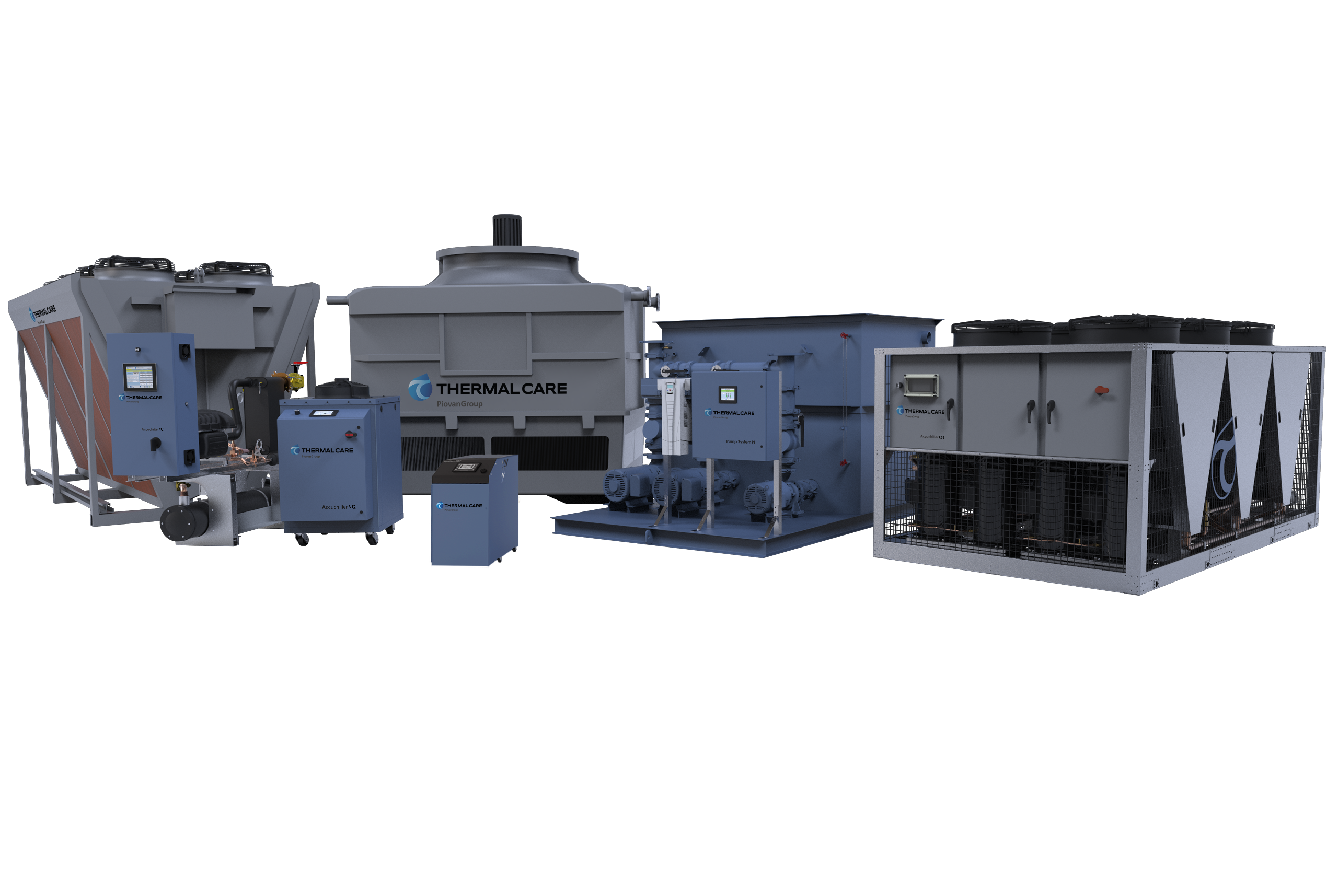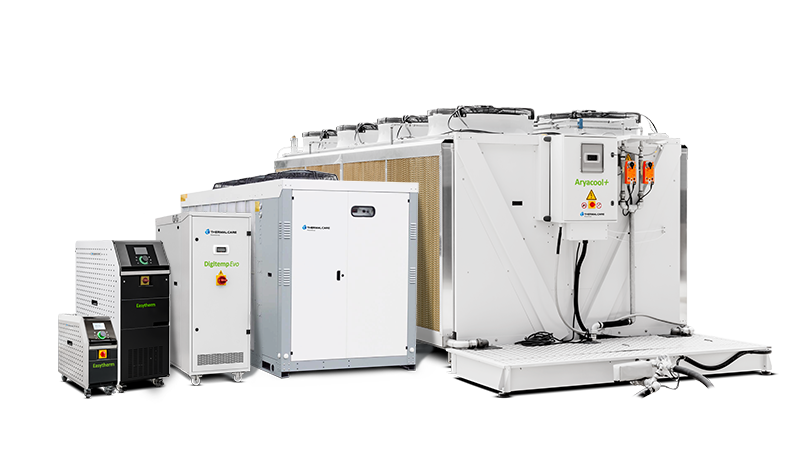What is a BTU (British Thermal Unit)?
BTU (British Thermal Unit) is the most common unit of heat measurement in the United Sates. It is based upon the amount of energy to heat one pound of water by 1°F. A kcal (kilocalorie) is an International System of units (SI) measurement of heat. It is based upon the amount of energy to heat 1 kg of water by 1°C.
Latent Heat is the added heat that results in a phase change- for example to melt ice into water.
Sensible Heat is the heat added that results in a temperature increase – for example increase water temperature from 50°F to 60°F.
Rate of Heat Transfer is the quantity of heat that flows from one substance to another in a given period of time. This is commonly expressed in Btu/hr (or Btuh) and kW (kilowatts) for SI units.
For example: A ton of refrigeration represents the rate of energy absorbed to melt one ton (2,000 lb) of ice in one day. One pound of ice requires 144 Btus to melt. The amount to melt one ton of ice is 288,000 Btu’s (144 x 2,000). Dividing that over 24 hours, one ton of refrigeration equals 12,000 Btu/hr (288,000 / 24).
Heat Transfer Formula
The heat transfer formula is Q = M x Cp x ΔT.
- Q is the heating of cooling capacity (Btu/hr)
- M is the mass of the fluid per hour (lb/hr) (for water 8.34 pounds/gallon x 60 minutes/hour = 500.4 lb/hr per GPM)
- Cp is the specific heat of the fluid (Btu/lb/°F – the value for water is 1 Btu/lb/°F)
- ΔT is the temperature difference between entering and leaving fluid (°F) For water, with a Cp of 1 Btu/lb/°F and 8.34 lb/gal x 60 minutes/hr = 500.4 lb/hr per GPM, the heat transfer formula simplifies to Btu/hr = GPM x 500 x ΔT.
For more information visit How Does a Chiller Work?





